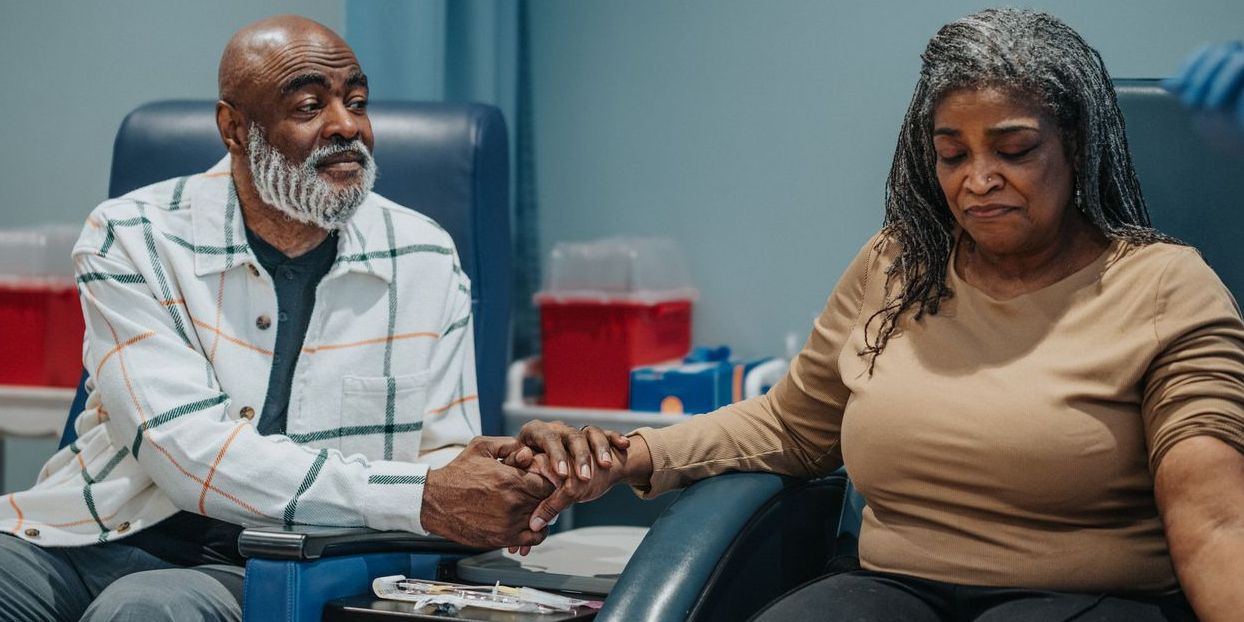Photo Credit: Drypsiak
A trial demonstrated the superiority of video laryngoscopy over the conventional technique in enhancing the first-attempt success rate and reducing complications during transesophageal echocardiography probe insertion in patients who are intubated and critically ill.
The following is a summary of “Videolaryngoscope versus Conventional Technique for Insertion of a Transesophageal Echocardiography Probe in Intubated ICU Patients (VIDLARECO trial). A Randomized Clinical Trial,” published in the January 2024 issue of Critical Care by Taboada et al.
In this investigation, the investigators addressed the challenges associated with transesophageal echocardiogram (TEE) probe insertion in intubated critically ill patients, a procedure often fraught with difficulties and complications such as gastric bleeding or oropharyngeal mucosal lesions. Their hypothesis centered on the potential benefits of utilizing a video laryngoscope to enhance the first-attempt success rate and mitigate complications compared to the conventional insertion technique.
To rigorously test this hypothesis, a randomized clinical trial was conducted involving randomly assigning patients to undergo TEE probe insertion using either a video laryngoscope or the conventional technique. The primary outcome of interest was the successful insertion of the TEE probe on the first attempt, with secondary outcomes encompassing the overall success rate, the number of insertion attempts, and the incidence of pharyngeal complications.
The trial enlisted a cohort of 100 intubated critically ill patients, revealing compelling results. The videolaryngoscope group exhibited a significantly higher success rate for TEE probe insertion on the first attempt than the conventional group (90% vs. 58%; absolute difference, 32%; 95% CI 16%-48%; p < 0.001). Moreover, the overall success rate was markedly elevated in the video laryngoscope group compared to the conventional group (100% vs. 72%; absolute difference, 28%; 95% CI 16%-40%; p < 0.001). Notably, the incidence of pharyngeal mucosal injury was substantially lower in the video laryngoscope group compared to the conventional group (14% vs. 52%; absolute difference, 38%; 95% CI 21%-55%; p < 0.001).
In conclusion, their study underscores the efficacy of video laryngoscopy in improving the first-attempt success rate and reducing complications during TEE probe insertion in intubated critically ill patients. The findings advocate for adopting video laryngoscopy as a preferred technique in this clinical context, promising enhanced procedural success and decreased risk of complications compared to conventional methods.
Source: sciencedirect.com/science/article/abs/pii/S2352556824000043













Create Post
Twitter/X Preview
Logout